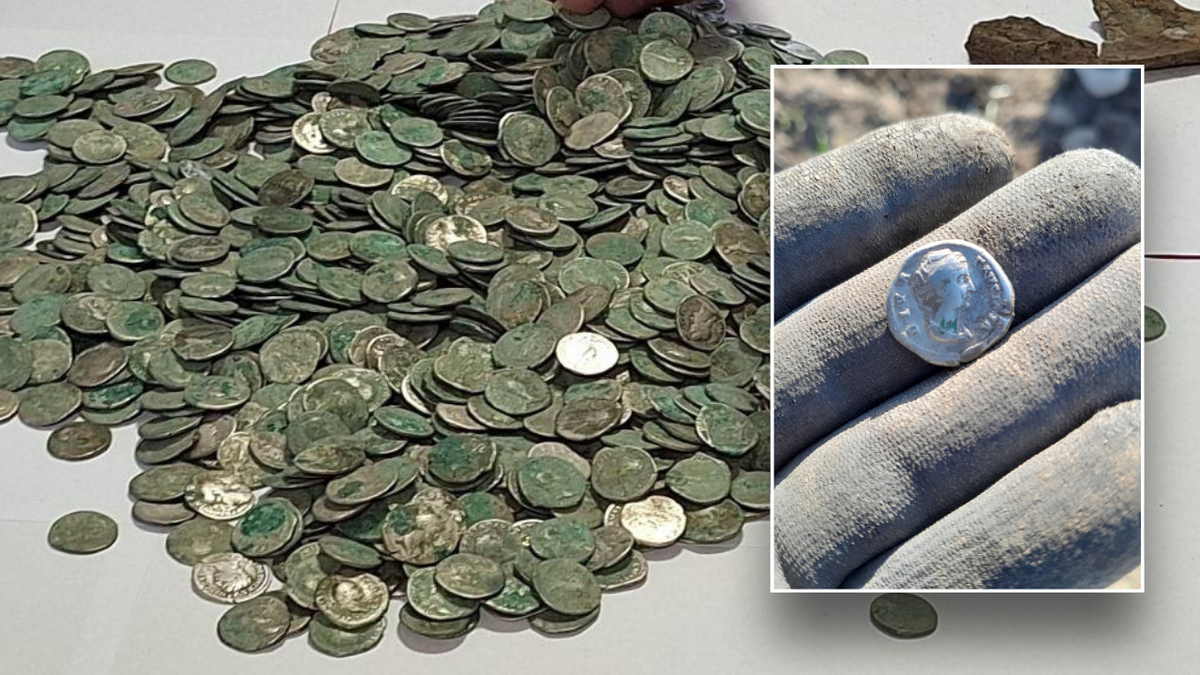Few myths captivate the imagination quite like that of the phoenix, the legendary bird of fire and rebirth. Across cultures and eras, the phoenix has served as a powerful symbol of immortality, renewal, and resilience. This article delves into the origins of the phoenix myth, its cultural variations, and its enduring legacy in art, literature, and spirituality.
Origins of the Phoenix Myth
The earliest recorded mention of the phoenix comes from ancient Egypt, where the bird was known as the "Bennu." Associated with the sun god Ra and the cycle of the Nile, the Bennu symbolized creation, renewal, and the passage of time. According to Egyptian beliefs, the Bennu would rise anew each morning with the Sun, embodying the concept of eternal life.
The Greeks later adapted this myth, naming the creature "phoenix" after the Greek word for "purple-red," referencing its fiery plumage. Greek historians, such as Herodotus, described the phoenix as a majestic bird that lived for 500 years. At the end of its life, the phoenix would build a nest of aromatic wood, ignite itself in flames, and rise reborn from the ashes.
Cultural Variations
The phoenix myth is not unique to Egypt and Greece. In China, the "Fenghuang" is a mystical bird representing virtue, grace, and cosmic balance. Often paired with the dragon, the Fenghuang symbolized the union of yin and yang.
In Persian mythology, the "Simurgh" shared traits with the phoenix, acting as a benevolent creature of wisdom and healing. Similarly, in Hindu traditions, the "Garuda" — a divine bird — embodied strength and spiritual enlightenment.
Symbolism and Interpretation
The phoenix's fiery death and rebirth have made it a universal symbol of resilience and transformation. In alchemy, the phoenix represented the process of purification and the quest for immortality. Early Christians adopted the phoenix as a metaphor for Christ's resurrection, further cementing its association with spiritual rebirth.
Throughout history, the phoenix has inspired countless works of art and literature. From Renaissance paintings to modern fantasy novels, its image endures as a beacon of hope and regeneration. In contemporary culture, the phoenix is often invoked as a symbol of personal growth, rising from adversity stronger than before.
Conclusion
The myth of the phoenix transcends time and culture, resonating with humanity's fascination with immortality and renewal. Whether as a divine messenger, an emblem of resilience, or a spiritual guide, the phoenix continues to inspire, reminding us that even in destruction, there lies the promise of rebirth.


























